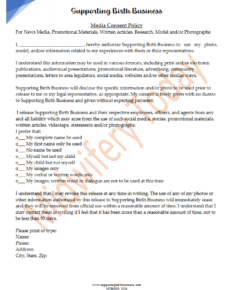
Photo by Patti Ramos
The Meaning and Functions of Labour Pain
Editor’s note: This article first appeared in Midwifery Today, Issue 75, Winter 2005. Join Midwifery Today Online MembershipThis article was adapted from the book About Physiology in Pregnancy and Childbirth, originally entitled Articolidi fisiologia ostetrica applicata. Translated by Manca Anna Lou. Firenze, Italy 2005.Photo by Kelley FaulknerPhysiological birth is linked to the experience of pain. Our fear of pain and the disappearance of physiological birth is linked to our lifestyles. A frenetic pace, the pressure to be efficient, competition, the quest for success, the need for immediate gratification, refusal to suffer: all these factors leave little room for listening, feeling and assuming a proactive attitude in the face of difficulties.The rapid development of technology has created an illusion of well-being and safety and has favoured withdrawal from danger, weakening our ability to adjust to circumstances. We have dismissed the importance of human relations, forgetting that our relationships with others determine the state of our health. As a society, we no longer have the ability to promote goodhealth and have little more capacity to cure illness. What we can do, rather, is assess the damages through sophisticated diagnostic processes (Tew 1998).Italian midwives are going through a crisis. The caesarean rate has increased dramatically, giving Italy the second highest rate in the world and the highest in Europe. In addition, mortality, but above all maternal and neonatal morbidity, have also increased. The advent of technology in childbirth has not produced any significant improvement in perinatal mortality rates and, if anything, has diminished the quality of mother-baby bonding, producing a negative impact on the life and health of the baby (Tew 1998; Beech 1999; Wagner 2001; Relier 1993). The appearance in recent years of an unprecedented number of problems related to children of all ages should stimulate reflection about this phenomenon.Natural and pharmacological… Read more…. The Meaning and Functions of Labour Pain





















